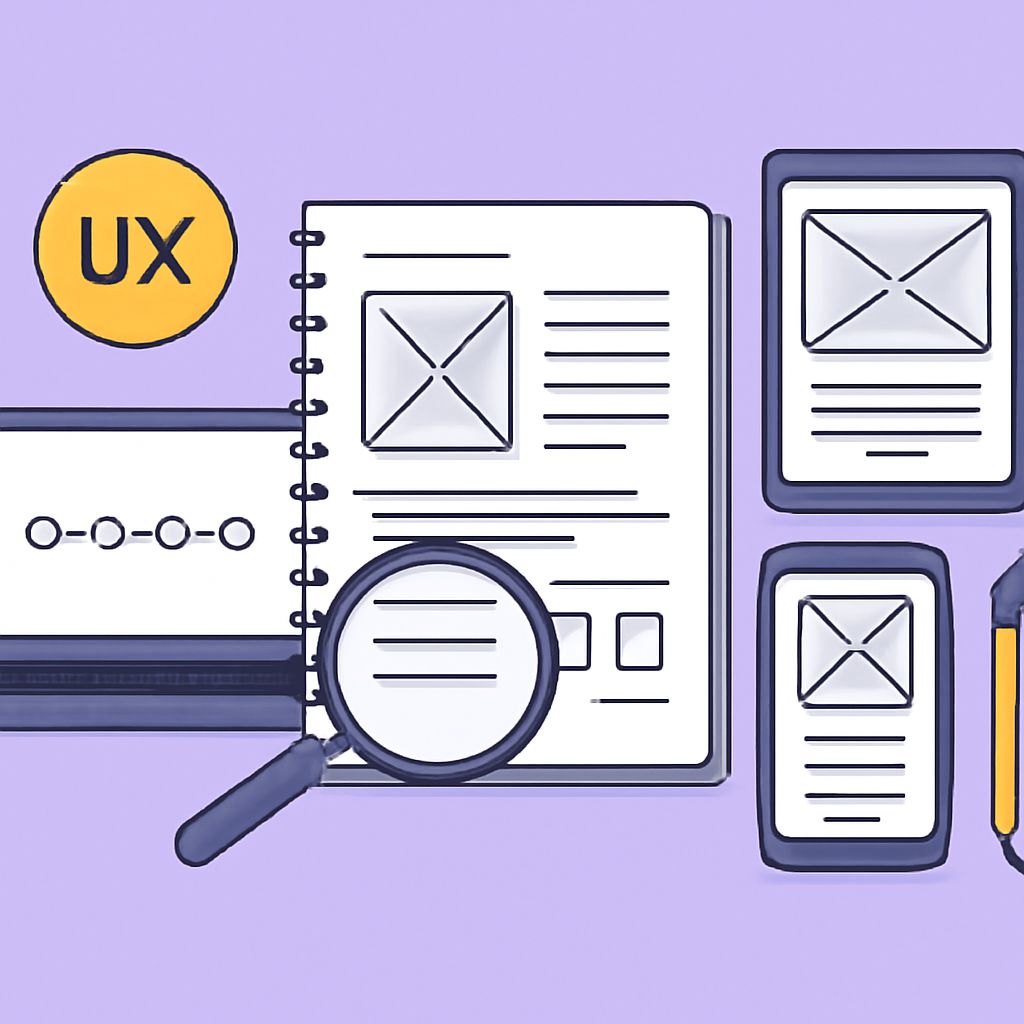Introduction
In the digital age, providing a seamless user experience across various devices is crucial. Adaptive design plays a key role in ensuring users have optimal web interactions, regardless of their device or screen size. This article explores the importance of adaptive design in crafting superior user experiences.
What is Adaptive Design?
Adaptive design tailors the user interface and experience to different devices through pre-set layouts or flexible grids that adjust to the user’s screen size. Unlike responsive design, which adapts fluidly, adaptive design uses static layouts that refresh at specific breakpoints.
- Utilizes multiple fixed designs for various screen sizes
- Enhances performance by delivering appropriate content
- Improves accessibility and usability across platforms
The Importance of Adaptive Design
Adaptive design ensures that users receive an experience tailored to their needs. It provides clear advantages in terms of speed, performance, and accessibility.
- Improves loading times by minimizing unnecessary data
- Increases engagement through user-specific content
- Paves the way for inclusivity with enhanced accessibility features
Adaptive vs. Responsive Design: Key Differences
| Aspect | Adaptive Design | Responsive Design |
|---|---|---|
| Approach | Multiple layouts | Fluid grid |
| Flexibility | Fixed breakpoints | Continuous adjustments |
| Performance | Optimized for certain devices | Varies based on implementation |
| Design Effort | Higher initial setup | Single flexible approach |
| Use Cases | Distinct device categories | Dynamic across all devices |
Implementing Adaptive Design
To implement adaptive design effectively, designers need to establish distinct breakpoints and create specific designs for each target device. This approach ensures content consistency and functionality.
- Research user data to determine key device categories
- Design with specific user contexts and needs in mind
- Test on actual devices to ensure accuracy and usability
FAQ
Is adaptive design better than responsive design?
Neither is universally better; it depends on specific project needs. Adaptive design is beneficial when precise control over multiple devices is required.
How does adaptive design affect SEO?
With proper implementation, adaptive design can positively impact SEO by improving page speed and user engagement, which are key ranking factors.
Can adaptive design improve user engagement?
Yes, by delivering content suited to each device, adaptive design maximizes relevance and engagement.
What are the challenges of adaptive design?
Adaptive design can require more resources upfront due to the need for multiple designs and careful breakpoint selection.
How does adaptive design relate to accessibility?
Adaptive design enhances accessibility by providing interfaces that cater to different devices, often integrating assistive features more effectively.
Does adaptive design help with mobile optimization?
Yes, it ensures that mobile users receive tailored experiences, optimizing both content engagement and usability.
Conclusion
As technology and user expectations evolve, adaptive design stands as a powerful solution for delivering seamless, engaging user experiences across multiple devices. By understanding user needs and technological constraints, designers can create interfaces that are both responsive and optimized, fostering interaction and satisfaction.



